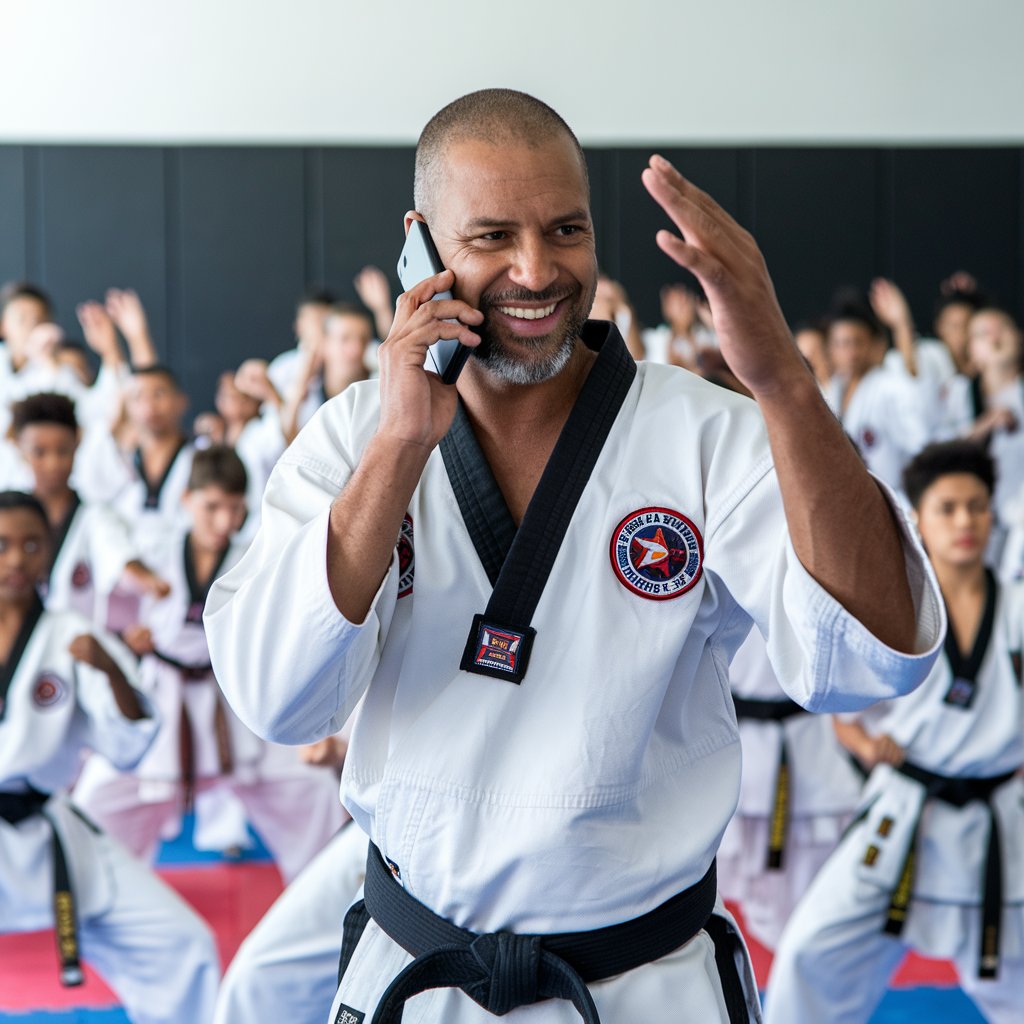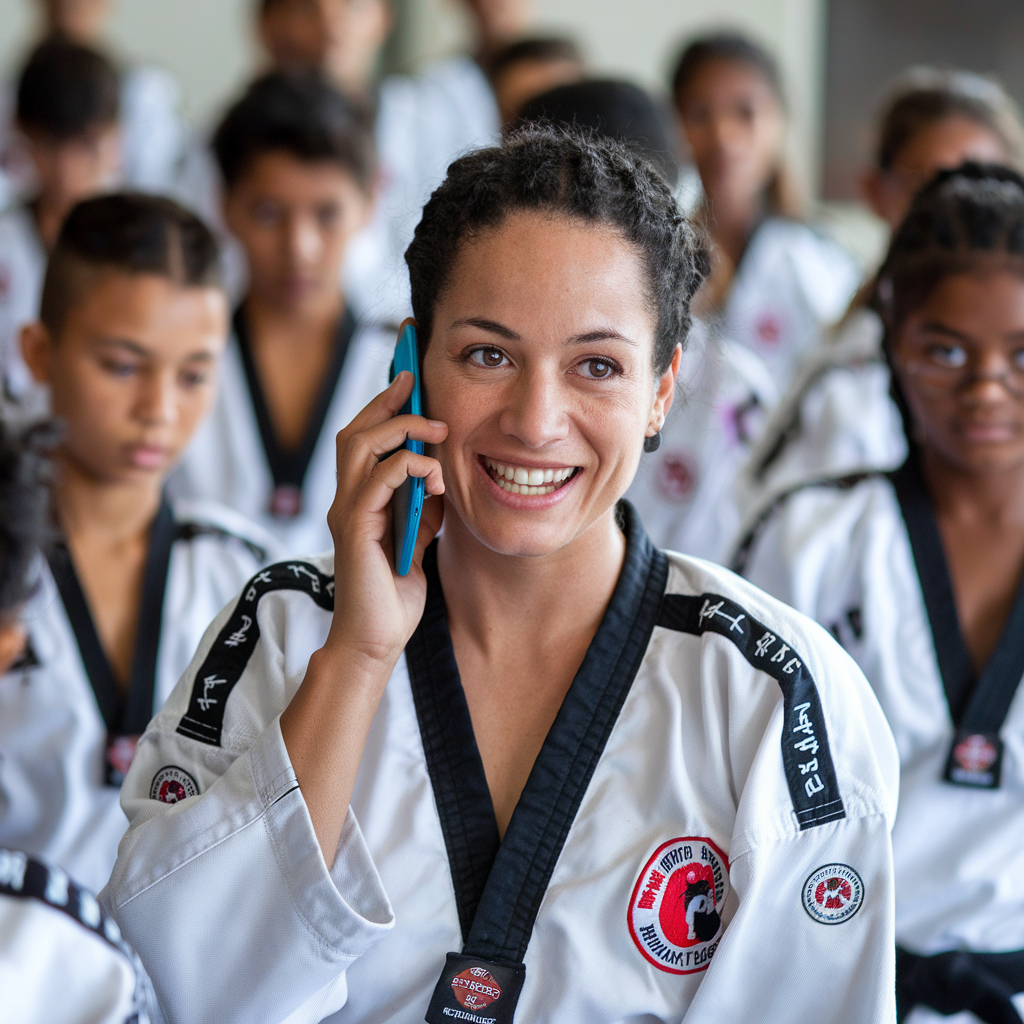
In today’s fast-paced, competitive world, staying ahead requires more than just talent or intelligence—it demands discipline, resilience, and a strategic mindset. Interestingly, the principles taught in martial arts align closely with the skills needed to succeed in both personal and professional life. Martial arts aren’t just about physical combat; they teach mental fortitude, focus, and the ability to adapt under pressure—giving practitioners an edge that extends far beyond the dojo or ring.
Whether you are climbing the corporate ladder, pursuing a creative passion, or working toward personal goals, the wisdom embedded in martial arts can give you “the fighter’s edge.” This article will explore how martial arts principles such as discipline, adaptability, focus, and emotional control can help you stay ahead in life.
1. Discipline: The Foundation of Success
Discipline is at the core of every martial art. Without it, even the most gifted fighters would fail to reach their potential. Martial artists commit to rigorous training schedules, push through pain, and repeat techniques thousands of times to achieve mastery. This relentless dedication translates directly to success in other areas of life.
A. Consistency Over Motivation
Motivation is fleeting, but discipline ensures you stay the course even when enthusiasm fades. Martial artists understand that progress comes from consistent effort rather than occasional bursts of inspiration.
Example:
A boxer doesn’t skip training just because they don’t feel like it. Similarly, a successful entrepreneur keeps working toward their goals even when the initial excitement wears off.
Practical Application:
- Create routines: Establish daily habits that move you closer to your goals.
- Set small milestones: Break large tasks into manageable steps to maintain progress.
- Stay accountable: Share your goals with a mentor or peer for added accountability.
2. Adaptability: Thriving in a Changing Environment
In martial arts, no two fights are the same. A rigid approach is ineffective against a dynamic opponent. Fighters must adjust their techniques in real time, responding to their adversary’s moves with flexibility and precision. This adaptability is crucial in today’s world, where industries evolve rapidly, and unforeseen challenges arise.
A. Embracing Change
Martial artists know that clinging to a fixed strategy can lead to failure. Instead, they develop the ability to read situations, pivot when necessary, and exploit openings.
Example:
In Brazilian Jiu-Jitsu (BJJ), when one technique fails, practitioners seamlessly transition to another. In business, when one strategy no longer works, successful leaders pivot to meet new demands.
Practical Application:
- Stay flexible: Approach problems with an open mind and a willingness to change course.
- Learn continuously: Adapt to new trends by investing in lifelong learning.
- Reframe setbacks: View obstacles as opportunities to innovate rather than barriers to success.
3. Focus: Mastering the Art of Concentration
A distracted fighter is a vulnerable fighter. Martial artists are trained to focus intensely on the present moment, shutting out external noise and internal doubt. This mental clarity allows them to react swiftly and make accurate decisions under pressure—an invaluable skill in our distraction-filled world.
A. Eliminating Mental Clutter
Martial arts emphasize mindfulness and mental clarity. Fighters learn to block out irrelevant stimuli and concentrate on their opponent’s movement and intent.
Example:
A Muay Thai fighter remains fully present during a bout, anticipating and countering strikes. In the workplace, focused professionals deliver higher-quality work in less time by avoiding multitasking.
Practical Application:
- Prioritize deep work: Dedicate blocks of uninterrupted time to critical tasks.
- Practice mindfulness: Use meditation to sharpen your focus and reduce mental noise.
- Limit distractions: Turn off notifications and create a focused work environment.
4. Resilience: Bouncing Back from Failure

Every martial artist knows what it’s like to lose a match, miss a technique, or get knocked down. Yet, they also understand that failure isn’t final—it’s an opportunity to learn and grow stronger. This resilience—the ability to bounce back after setbacks—separates those who succeed from those who quit.
A. Building Mental Toughness
Martial arts teach you to endure physical discomfort and mental fatigue, preparing you to face challenges head-on.
Example:
A Judo practitioner who is repeatedly thrown learns to get back up with greater speed and determination. In life, resilient people recover quickly from failures and maintain a growth mindset.
Practical Application:
- Reframe failure: See setbacks as feedback, not personal shortcomings.
- Develop coping mechanisms: Practice breathing techniques to manage stress.
- Stay persistent: Commit to long-term goals despite temporary challenges.
5. Emotional Control: Responding, Not Reacting
In combat, losing emotional control leads to mistakes and poor decision-making. Martial arts emphasize emotional regulation, teaching fighters to stay calm under pressure and make calculated decisions. This skill is equally vital in high-stress situations outside the ring.
A. Mastering Your Emotions
Martial artists cultivate the ability to manage fear, anger, and frustration. This emotional discipline allows them to maintain clarity and act strategically rather than impulsively.
Example:
An Aikido practitioner uses an opponent’s aggression against them by remaining calm and redirecting energy. In leadership, managing emotional reactions helps you make rational decisions under pressure.
Practical Application:
- Pause before reacting: Take a breath when emotions run high to maintain composure.
- Practice emotional awareness: Identify triggers and develop coping strategies.
- Model calmness: Display emotional control to inspire confidence in others.
6. Strategy: Thinking Several Steps Ahead
Martial arts are often compared to chess—success requires thinking ahead, anticipating an opponent’s moves, and staying several steps ahead. Strategic thinking is crucial in competitive environments, whether you’re negotiating a deal or planning your career path.
A. Planning and Execution
Martial artists visualize their techniques and game plans, preparing thoroughly before stepping into competition. This forward-thinking approach ensures they are always ready for what comes next.
Example:
A Taekwondo competitor studies their opponent’s weaknesses and plans counterattacks. In business, strategic thinkers anticipate market trends and adjust accordingly.
Practical Application:
- Set clear goals: Establish both short-term and long-term objectives.
- Analyze situations: Evaluate risks and opportunities before making decisions.
- Be proactive: Anticipate potential problems and create contingency plans.
7. Humility: Always a Student
No matter how skilled a martial artist becomes, they remain a student of the art. Humility is essential for continuous improvement and lasting success in any field.
A. Staying Teachable
Martial artists recognize that there is always something new to learn. This mindset fosters growth and prevents complacency.
Example:
A black belt continues to refine basic techniques and seek feedback. In professional settings, the most successful people embrace mentorship and lifelong learning.
Practical Application:
- Seek feedback: Regularly ask for input to identify areas for improvement.
- Stay curious: Explore new ideas and perspectives with an open mind.
- Embrace humility: Recognize that there is always room to grow.
Conclusion: Cultivating the Fighter’s Edge
The principles of martial arts—discipline, adaptability, focus, resilience, emotional control, strategy, and humility—are not confined to the training mat. They are universal tools that provide a competitive edge in every aspect of life. Whether you’re pursuing career goals, managing relationships, or navigating personal growth, adopting a fighter’s mindset will help you stay ahead.
By integrating these martial arts principles into your daily routine, you’ll not only enhance your ability to overcome challenges but also develop the mental and emotional strength to succeed long-term. After all, in life—just like in martial arts—those who stay prepared, adaptable, and disciplined always have the edge.

